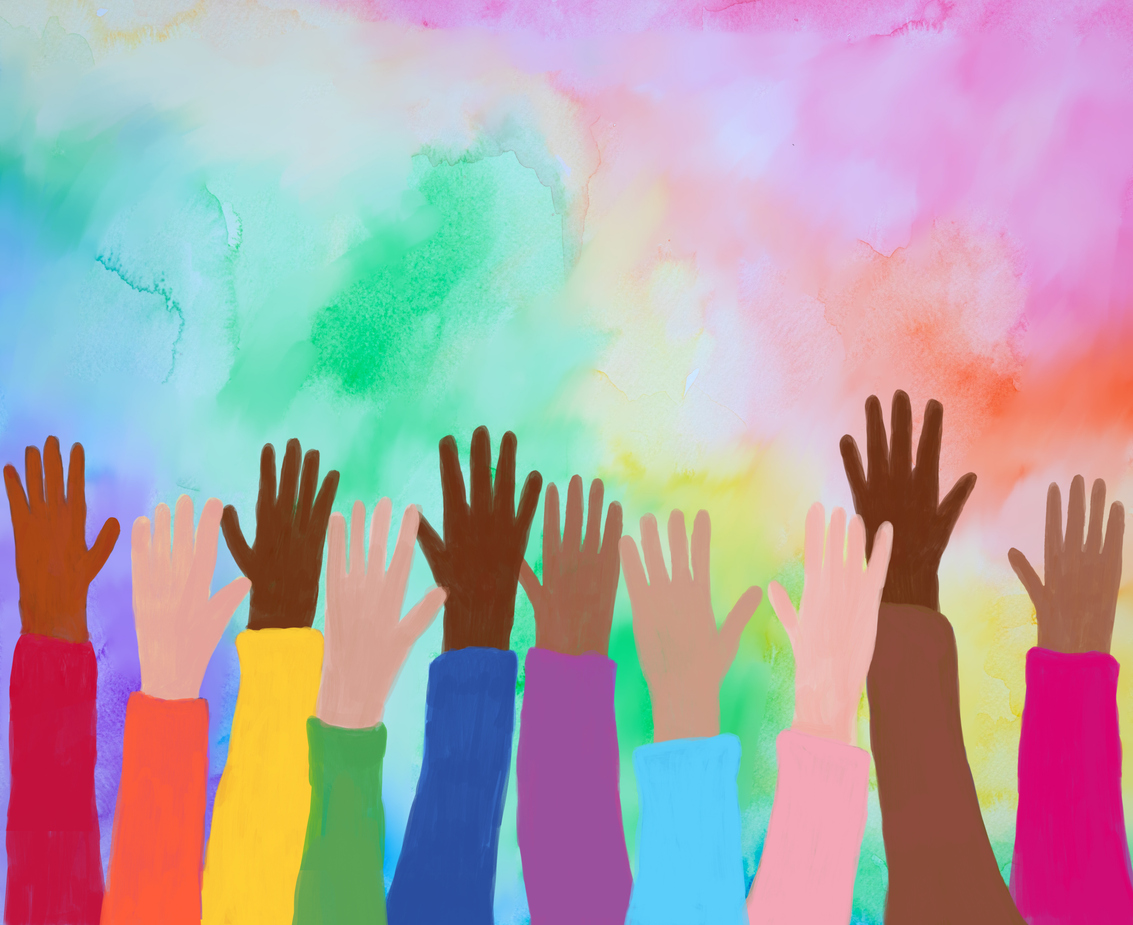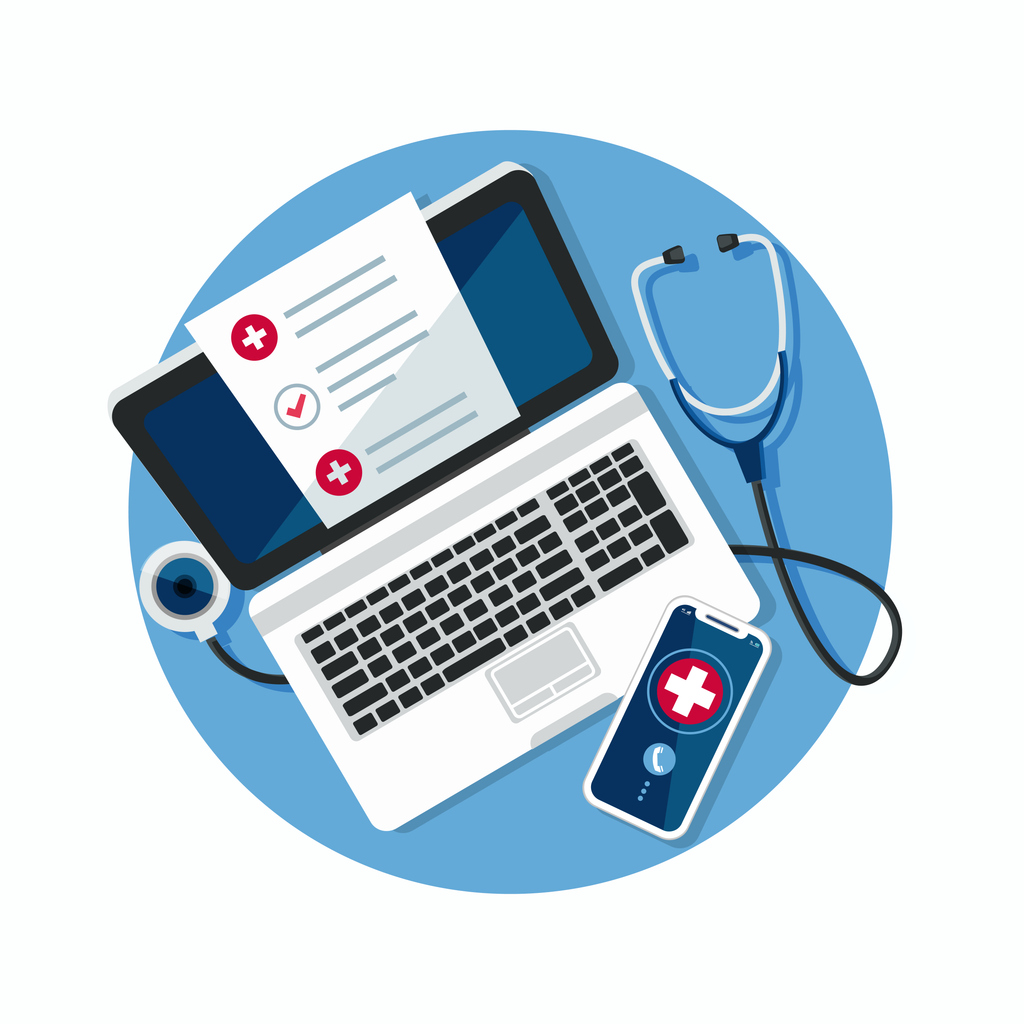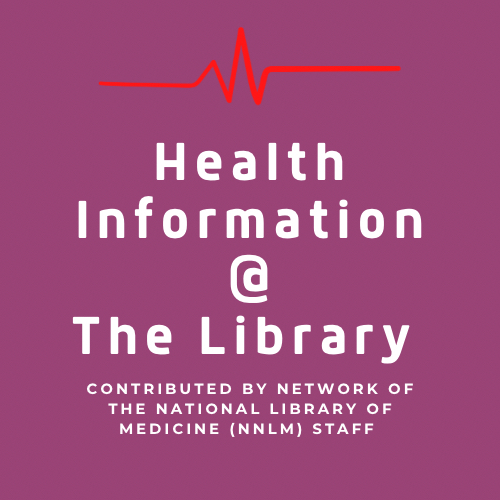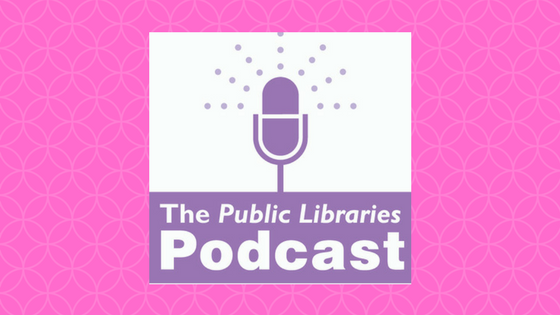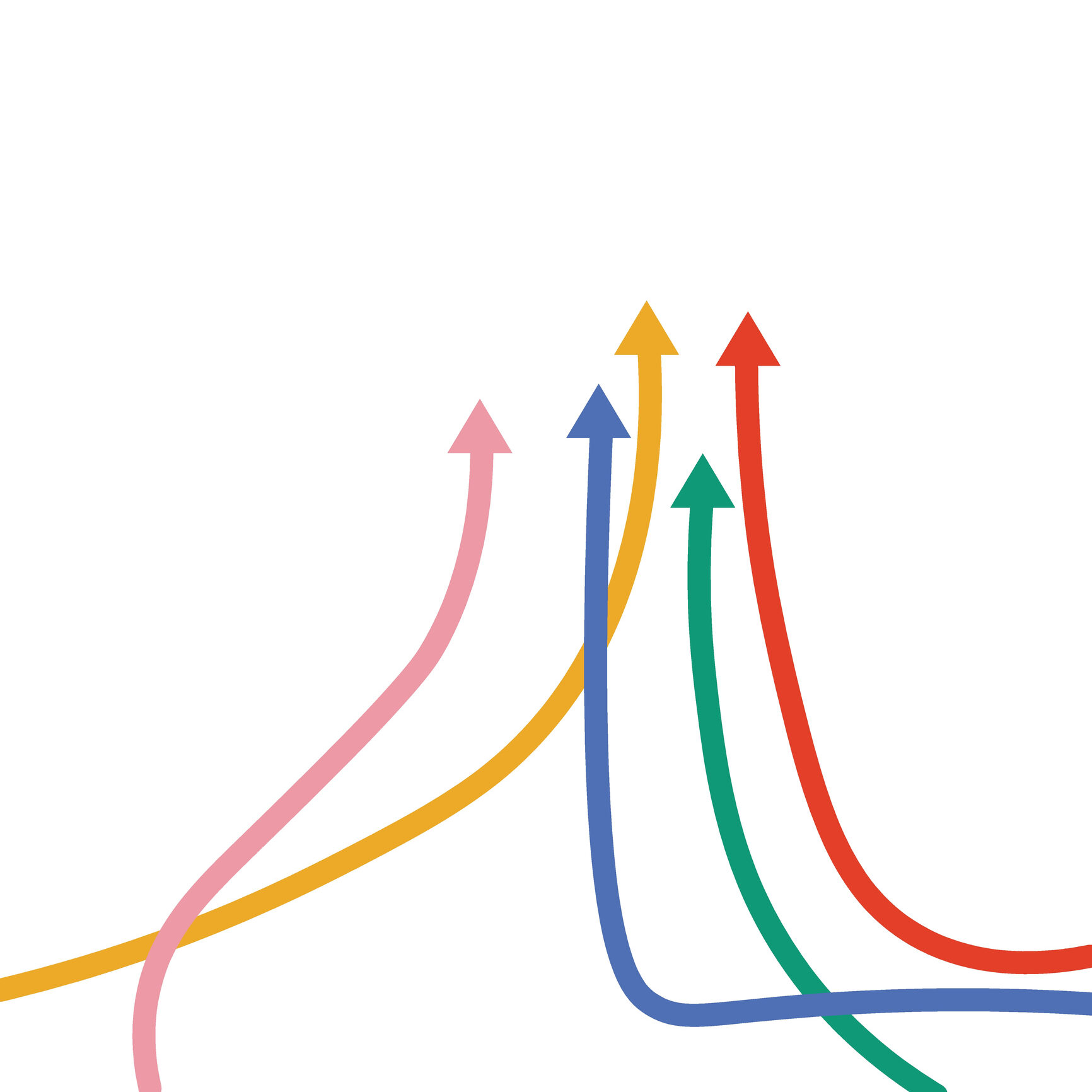Health Literacy: The Librarians’ Tool to Address Health Disparities
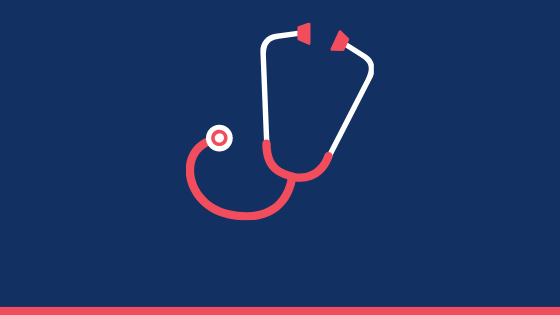
Implicit bias contributes to health disparities within minority populations and thus affects individual as well as community health. Libraries can be part of the solution by increasing their community’s health literacy, a proven, effective tool in addressing health disparities for vulnerable communities. That was the message a packed session of 100 librarians heard in “Implicit Bias, Health Disparities and Health Literacy: Intersections in Health Equity” at the ALA 2019 Midwinter Meeting.
This institute explored interventions that contribute to reducing health disparities and promoting health equity. Participants learned how libraries can deepen their work in health literacy to ensure a lasting impact for improving the health of their community.
Speakers Shared their Diverse Expertise
Implicit bias leads to increased rates of illness and death according to Dr. Kimberly Reynolds from the University of Miami (UM), Miller School of Medicine. Underrepresented minorities receive disparate treatment from medical professionals who are unaware of how their bias affects their patients. The manifestations of implicit bias – the positive or negative mental attitude towards a person or group that a person holds at an unconscious level – are subtle and often unintentional. Research has shown that physicians with higher levels of implicit bias have lower levels of administering appropriate treatment.
Health literacy can help individuals overcome the bias in treatment they receive. According to the American Medical Association, poor health literacy is a stronger prediction of a person’s actual health than age, income, employment status, education level and race.[1] Only 12% of U.S. adults have proficient health literacy skills according to data presented by Michele Spatz from the National Network of Libraries of Medicine (NNLM), Pacific Northwest Region. Michele shared that our healthcare system continues to become more complex and fragmented. Individuals must assume greater responsibility for self-care. At the same time, our society actively markets unhealthy lifestyles, and our educational systems do not really teach health literacy skills, such as how to access, understand, assess, and use information to improve personal health. She encouraged libraries to better understand community needs, engage with others who provide health literacy programming, and to develop new programming in their libraries.
Health literacy is proven to help overcome disparate impacts according to Dr. Linda Ko from the University of Washington Health Communication Research Center. Dr. Ko’s program, Together We Stride,focuses on addressing childhood obesity in rural, Hispanic communities by providing health information for children and their families. The program improves the nutritional literacy of children through comic books, families through nutrition classes, and teachers through training to increase children’s media literacy and physical activity. The program is seeing interim results that show changes in diet, physical activity, and children’s Body Mass Index-score.
Health literacy is the librarian’s health equity tool, explained Aileen Luppert, managing librarian, from the Spokane County Library District (SCLD) in Washington state. Aileen emphasized that being a librarian is not about books or internet or the next platform. It is about knowing where and how to find the best information. Librarians use their skills to navigate through reliable data and evaluate the most useful resources. To be an effective health information navigator, libraries need to understand the information needs of their community. She encouraged librarians to leave their desks and engage with their communities. This can be awkward and stressful for some, especially those who are naturally introverts. But she emphasized that librarians need to get out there to understand their communities and available resources, and to create partnerships that will address the health needs of patrons.
Libraries Can Address Inequities
Through group discussion, participants explored their own implicit bias, when it gets in the way of providing the most effective library services, how their library has blind spots in its health programming or services, and what their library can do to address health inequities.
Understanding community needs is the most significant blind spot in health programming or services. Librarians may not understand, or they make assumptions, about the most pressing health needs in their community. Lack of knowledge or attitudes toward health-related services can be a blind spot. Librarians can hold views that it is not a librarian’s role to help with health-related services, they may not comfortable providing health-related services, or they do not think health programming is not needed. They also mentioned a lack of funding, staff, resources, or internal library policies as being barriers.
Key ways that libraries can address health inequities include community partnerships with health entities in their community; inclusive health programming and services to address the needs of vulnerable populations; training staff about the health needs and resources available; learning more about the needs within their community; and pro-actively reaching out to those in the community that may receive disparate treatment.
Find Out More!
This session was sponsored by the ALA Office for Diversity, Literacy and Outreach Services, the Public Library Association (PLA), and the National Network of Libraries of Medicine (NNLM), Pacific Northwest Region – each of which provide information for outreach to vulnerable communities or health literacy (click on the links for more resources!).
Find out more about your own implicit bias by taking an implicit associations test.
Keep a lookout for
more information from PLA about the library’s role in improving the health
literacy of their community and the NNLM and PLA partnership!
[1] Health literacy: report of the Council on Scientific Affairs. Ad Hoc Committee on Health Literacy for the Council on Scientific Affairs, American Medical Association.JAMA. 1999 Feb 10; 281(6):552-7.





